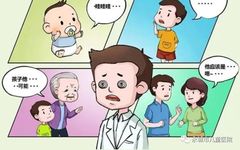
Follow us, may the Year of the Ox bring you prosperity!
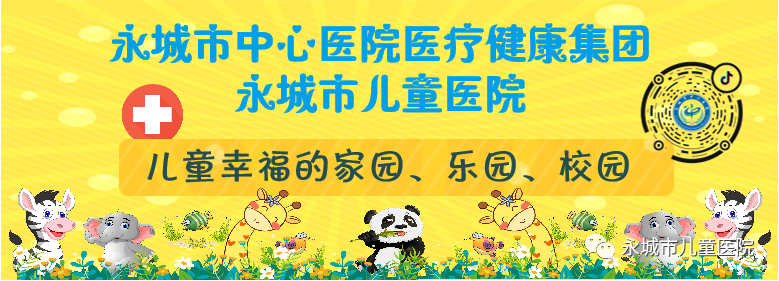

Characteristics and Techniques of Pediatric Consultation
Pediatrics has long been referred to as the “silent department”; the psychological and physiological characteristics of children are not merely a smaller version of adults, but possess significant uniqueness.
01
Infants cannot speak;
02
Older children may struggle to accurately express their symptoms;
03
Parents are often busy with work, and children are frequently cared for by grandparents, leading to parents being less informed about their child’s condition.
04
Children may cry and resist during examinations when they see a doctor.
These factors place higher demands on pediatricians’ specialized skills, observational abilities, and communication skills, making consultation and examination a significant challenge for pediatricians.
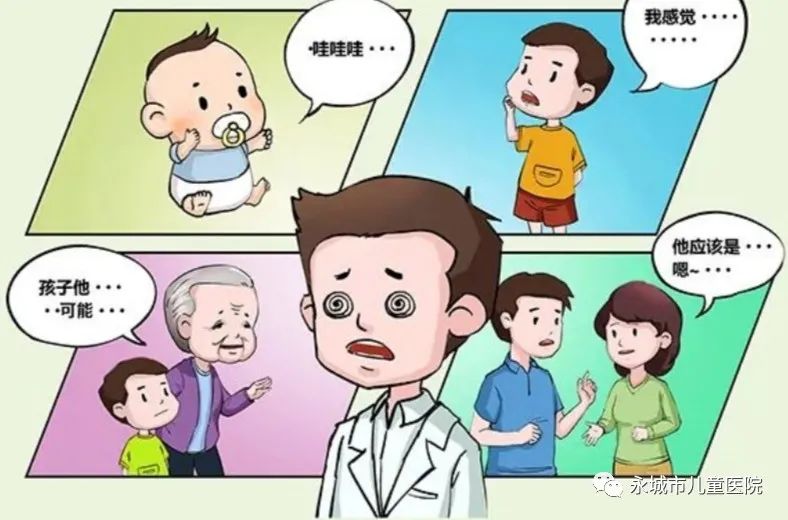

Mastering consultation techniques to solve consultation difficulties

Pediatric consultation content: chief complaint, present illness history, past medical history, personal history differs slightly from adults, where personal history requires inquiries about the child’s birth history, maternal pregnancy history, feeding history, growth and development history, and vaccination history.
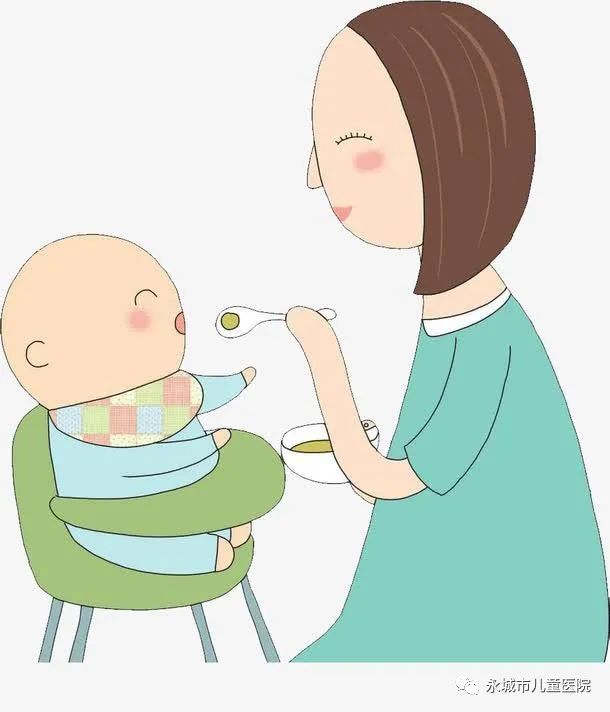
It is also important to inquire about age, as certain pediatric diseases are closely related to age, and medication dosages for children are determined by age and weight, such as:
Newborns: inquire about the number of days since birth;
Children under 2 years: inquire about their age in months;
Children over 2 years: inquire about their age in years and months.
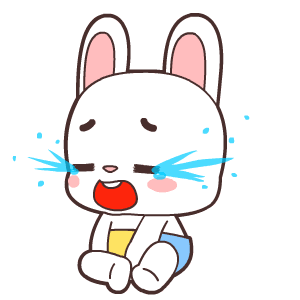
Here are some common examples

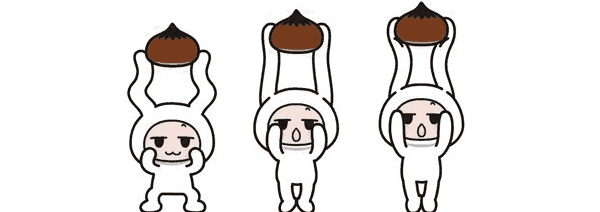

Consultation techniques from the perspective of respiratory diseases

Common respiratory symptoms include nasal congestion, runny nose, cough, sputum production, fever, wheezing, and difficulty breathing. A preliminary assessment of these symptoms can help determine the disease. Here are some examples of consultation considerations.
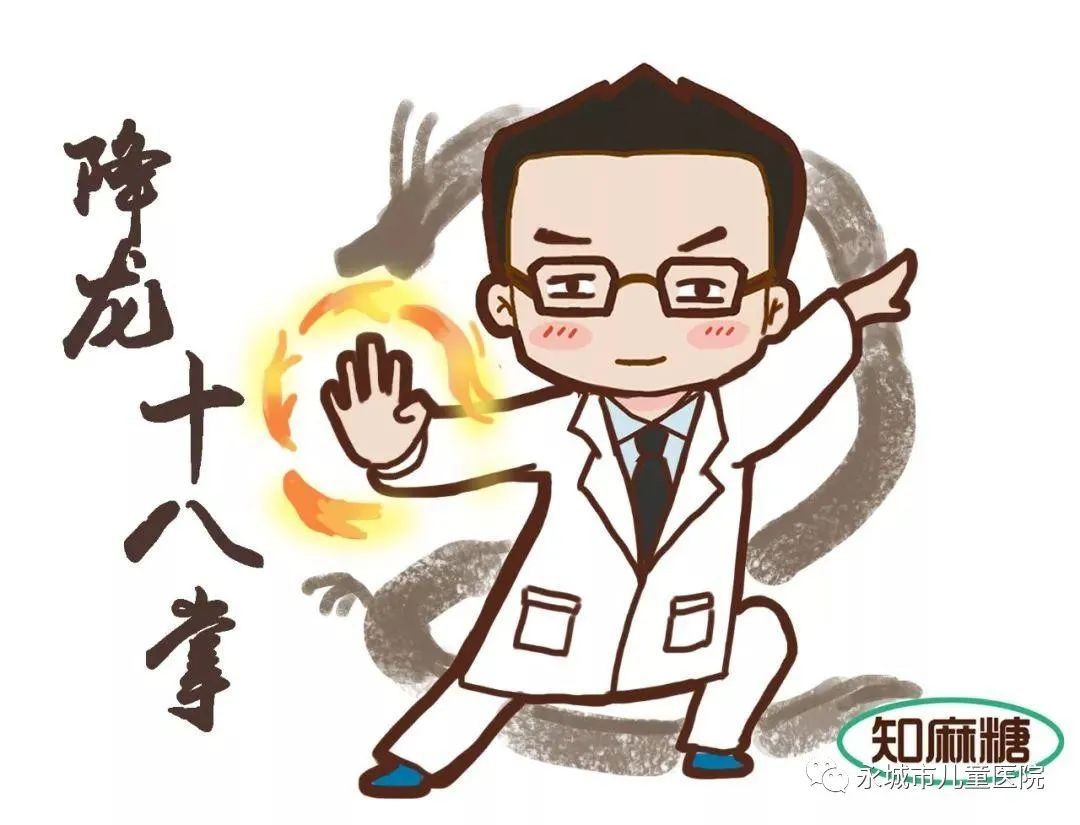

Recurrent respiratory infections

In addition to the usual inquiries about onset time, season of onset, affected areas, living environment, and family history, it is also important to ask about past medical history: frequency of infections and previous treatment history, and to pay attention to any abnormalities in immune function.


Cough variant asthma

This condition is one of the most common causes of chronic cough in children. During the consultation, the doctor will inquire about the following aspects:

1. Has the cough lasted more than 1 month;
2. Does it often occur or worsen at night and/or in the morning, primarily as a dry cough;
3. Has a lung function test been performed, and what were the results?
4. Is there a personal or family history of allergic diseases, or have allergen tests been positive?
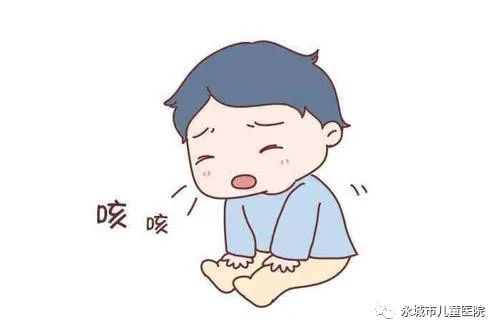

Bronchial asthma
Childhood asthma can be triggered by respiratory infections, exposure to allergens, and other allergic diseases such as eczema and allergic rhinitis, or a family history of asthma and other allergic diseases increases the likelihood of asthma diagnosis. When asthma occurs, it is necessary to inquire about any allergy history and whether there is a history of respiratory infections.
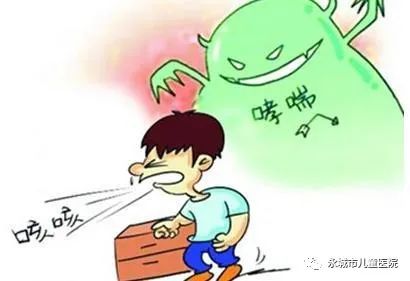

Foreign body aspiration
Young children, especially those under 3 years old, are prone to foreign body aspiration, which can present with various and subtle clinical manifestations, leading to recurrent wheezing, chronic cough, etc. Some parents may deny a history of foreign body aspiration, so it is essential to repeatedly confirm any choking history and whether small toys or parts are missing at home.
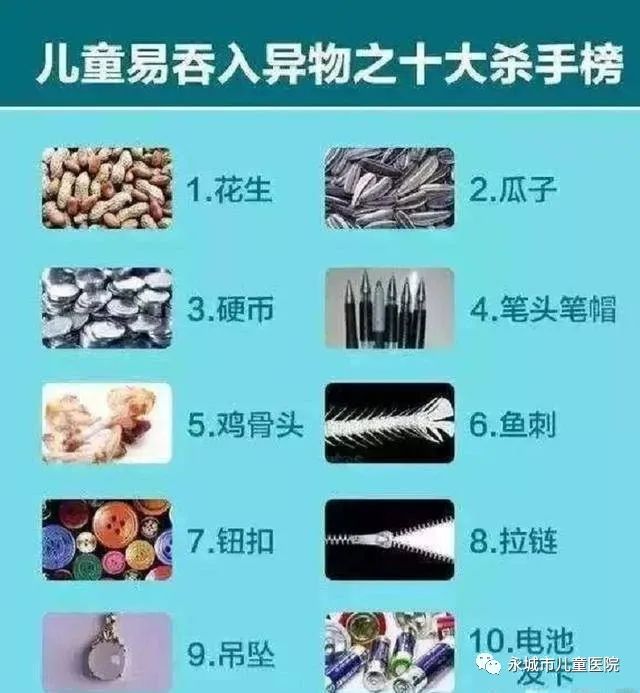
Based on this, it is also important to enrich the details of the consultation to better obtain information about the child, mainly including the following points:
01
Use transitional language
When asking two questions, explain to the child’s parents the new question and its reason.
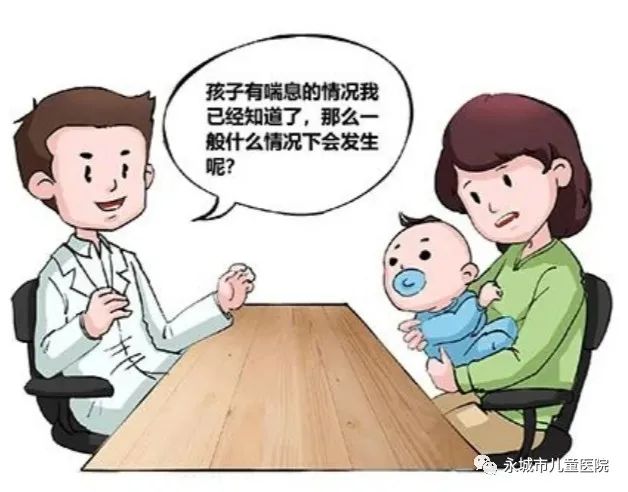
02
Control the speed of the consultation, listen patiently, and focus on key questions in the medical history, avoiding or minimizing the use of medical jargon.
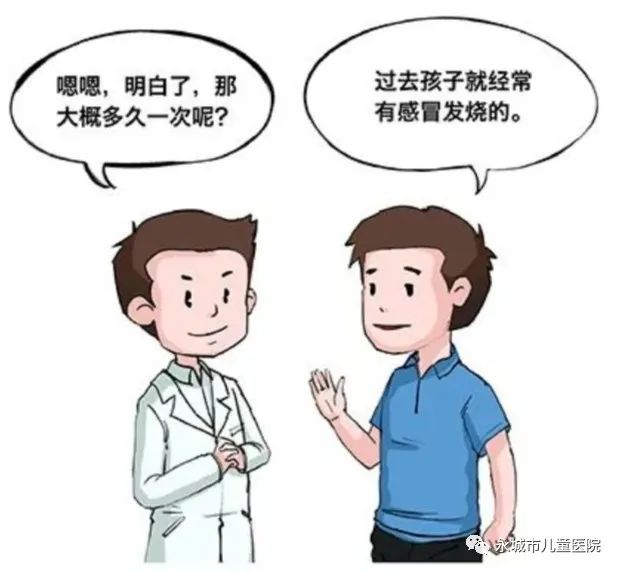
03
Be concerned about the expectations of the child’s family.
Use appropriate language and body language to alleviate the child’s anxiety, and give parents the opportunity to ask questions, explaining the next steps in the treatment plan, which is beneficial for a harmonious doctor-patient relationship.
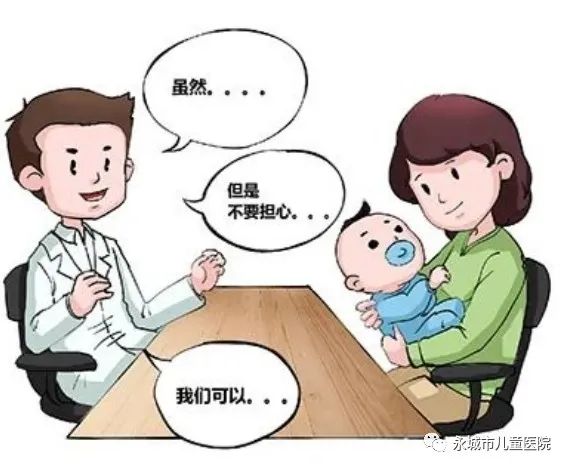
04
Encourage the child to express their views and feelings, and provide appropriate responses.
During medical visits, children will see many medical tools, which may make them curious and scared. At this time, we should encourage children to voice their concerns and introduce medical tools in concepts they can understand.
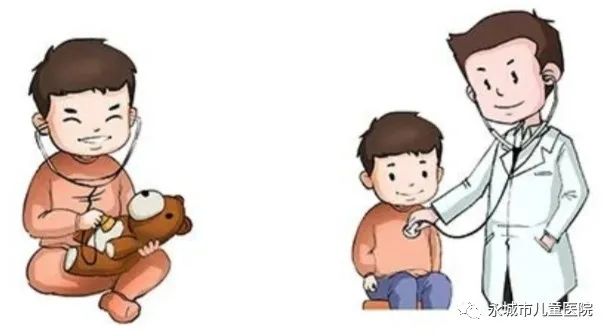
05
During treatment, distract the child’s attention.
During diagnosis and treatment, children may feel anxious when they see some medical tools. At this time, doing something relaxing to distract the child’s attention, such as chatting, telling stories, playing with toys, singing, or holding the parent’s hand, can help the child overcome their anxiety about medical tools.
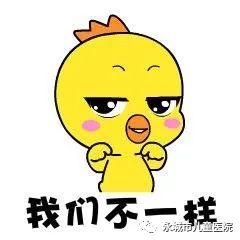
Collecting medical history is the first step for doctors in treating children. Communication between pediatricians and patients is not only with the child but also includes communication with the parents. Good consultation skills are crucial for understanding the child’s condition, making a diagnosis, and providing appropriate treatment.
Children’s Hospital
Discipline Leader

Cao Li, Chief Physician, Executive Director of Yongcheng Children’s Hospital, nominee for the Bethune-style medical worker award, recipient of the May Day Labor Medal.
Member of the Pediatric Physician Association of Henan Province, member of the Henan Province Children’s Allergic Purpura Association, standing committee member of the Shangqiu Pediatric Society.
Specializes in difficult and complicated diseases and respiratory immune system diseases.
Contact number: 13592353148
Pediatric Second Ward
Discipline Leader
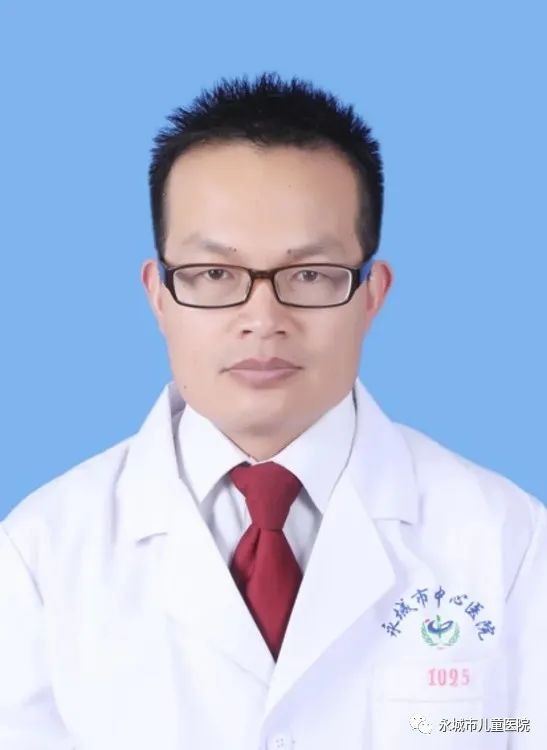
Liu Yongli, Associate Chief Physician, Director of Pediatric Second Ward. Outstanding Young Doctor of Yongcheng; Advanced Individual in Yongcheng Health System. With over 20 years of experience, has studied at Henan Provincial Maternal and Child Health Hospital and Xuzhou Children’s Hospital, and Shandong University Affiliated Children’s Hospital’s Respiratory Intervention Department. Specializes in the treatment of severe pneumonia, atelectasis, bronchial lavage, foreign body removal, and respiratory diseases such as pneumonia complicated with heart failure and bronchial asthma. Has published several provincial and national papers.
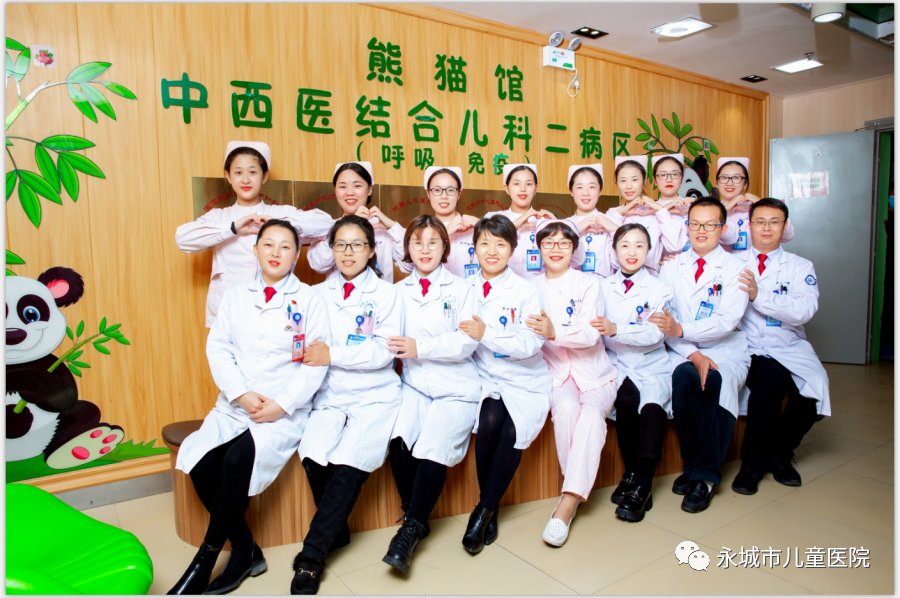
The Pediatric Second Ward of Yongcheng Children’s Hospital (integrating traditional Chinese and Western medicine, specializing in respiratory and immune diseases) mainly engages in the treatment and research of common pediatric respiratory diseases and immune diseases, adept at using integrated traditional Chinese and Western medicine to treat pneumonia, bronchial asthma, lobar pneumonia, Kawasaki disease, infectious mononucleosis, allergic purpura, nephrotic syndrome, IgA nephropathy, immune thrombocytopenic purpura, and other difficult diseases. The ward has 65 beds and a medical team of 18 people, including 1 chief physician, 1 associate chief physician, 3 graduate students, 4 attending physicians, and 2 resident physicians, with a reasonable talent echelon. Equipped with advanced medical devices such as pulmonary function testers, non-invasive (CPAP) ventilators, pediatric defibrillators, ECG monitors, pediatric bronchoscopes, microwave therapy devices, sputum clearance devices, and blood gas analyzers, ensuring patient safety. The department has developed various traditional Chinese medicine therapies, such as herbal acupoint application, pediatric tui na (Chinese therapeutic massage), moxibustion, nasal irrigation, auricular acupressure, and acupuncture at the four seams, significantly improving the treatment outcomes for pediatric respiratory diseases. The introduction of pediatric bronchoscopy allows many children to receive the diagnostic and treatment level of a tertiary hospital without leaving the city.
The department adheres to the motto of benevolence, scholarship, sincerity, and innovation, centering on the child, and has designed the ward as a unique “Panda Paradise,” where adorable panda babies help children heal in a joyful environment!
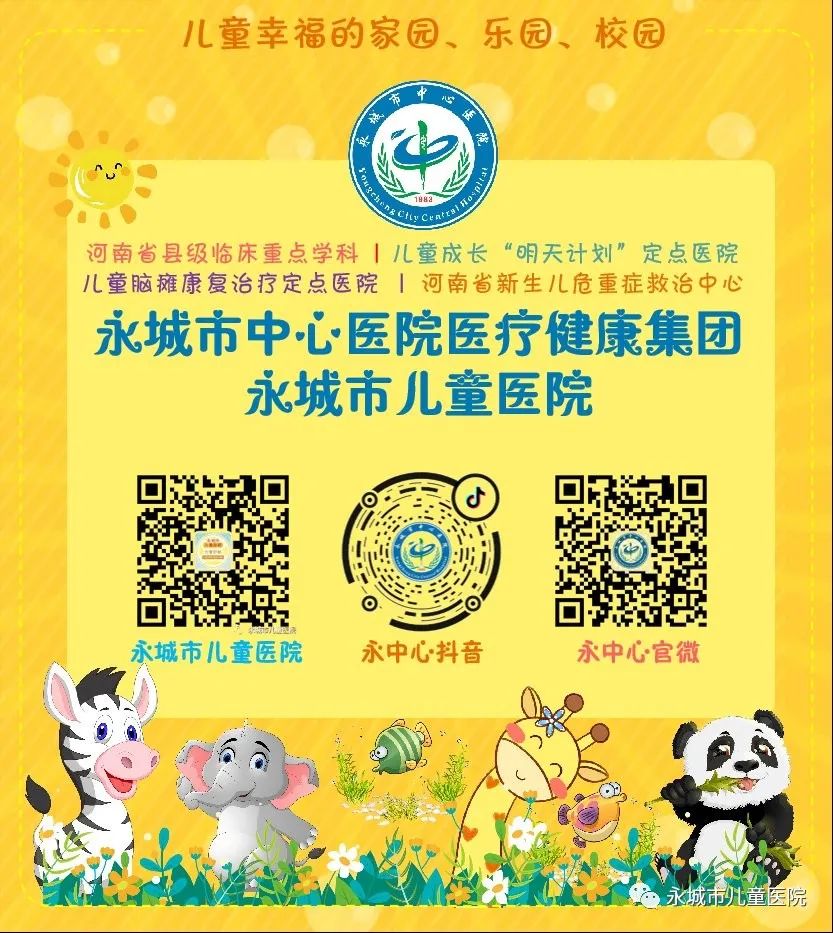

Text and image editing: Li Chunling
Review: Wang Xindong, Cao Li
Overall Planning: Zhu Liang


